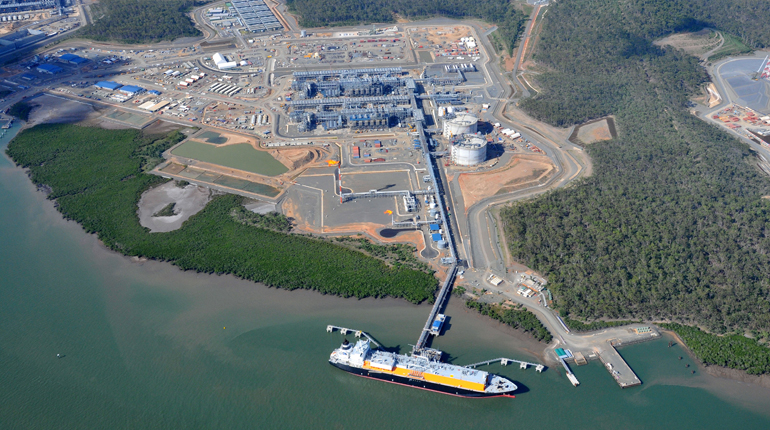Highlights
- Egypt's LNG demand is rising despite the recent devaluation of the Egyptian pound
- Oman is rescheduling some of its 2016 LNG deliveries because of growing domestic gas demand
- The attack on Algeria's In Salah gas complex on 18 March may cause gas supply tightness during the summer
- The MEA's power sector will be the key driver of the region�s gas demand during the summer
Economic overview
The weakening of the Egyptian pound against the United States dollar is delaying Egypt’s third FSRU.
Egypt’s overreliance on imported fuel is partly to blame for its recent foreign exchange shortage. The shortfall has bolstered a growing black market for the Egyptian pound – a trade the government wants to curtail. Consequently, Egypt devalued its currency against the dollar by 12.7% in March.
The devaluation has brought the currency under increased pressure. The dollar has risen by 16.3% year on year against the Egyptian pound so far in April. This has caused Cairo to delay committing to a third FSRU, which was initially envisaged to be in place by the summer. GGA understands the vessel’s arrival may now be delayed until next year.
Quarterly and annual year-on-year GDP growth rates
| Q2 2015 | Q3 2015 | Q4 2015 | 2016 | 2017 | 2018 | |
| Qatar | 4.8% | 3.8% | 4.0% | *4.9% | *4.2% | *3.6% |
| Egypt | 4.5% | *4.0% | *4.0% | *4.3% | *4.5% | *4.7% |
| Saudi Arabia | 4.6% | 3.6% | 3.6% | *1.2% | *1.9% | *3.0% |
| Nigeria | 2.4% | 2.8% | 2.1% | *4.1% | *4.2% | *4.7% |
| South Africa | 1.3% | 1.0% | 0.6% | *0.7% | *1.8% | *2.5% |
However, Egypt’s LNG imports are rising despite the setback. The country continues to import the fuel using the two FSRUs in place at Ain Sokhna, and it is receiving a continuous flow of financial help from Gulf Cooperation Council (GCC) countries. Egypt became an LNG importer in April 2015 and had purchased 4.8 billion cubic metres of gas as LNG by March 2016 – making it the second-biggest LNG importer in the Middle East and Africa after Turkey. GGA expects Egypt to import 6 bcm of gas as LNG in 2016.
South Africa is also facing currency issues, caused by a weak outlook for economic growth, a worsening political landscape, and deteriorating business and consumer confidence. The same factors are also deterring upstream oil and gas investment in the country and making gas imports more expensive.
South Africa’s GDP grew by 0.6% year on year in Q4 2015 – much lower than the 1.4% growth seen in Q4 2014. The International Monetary Fund expects South Africa’s GDP to grow by 0.7% in 2016 compared with 2015. Meanwhile, President Jacob Zuma’s controversial business ties are weighing on the South African rand. The US dollar has strengthened by almost 25% against the rand on an annual basis so far in April.



